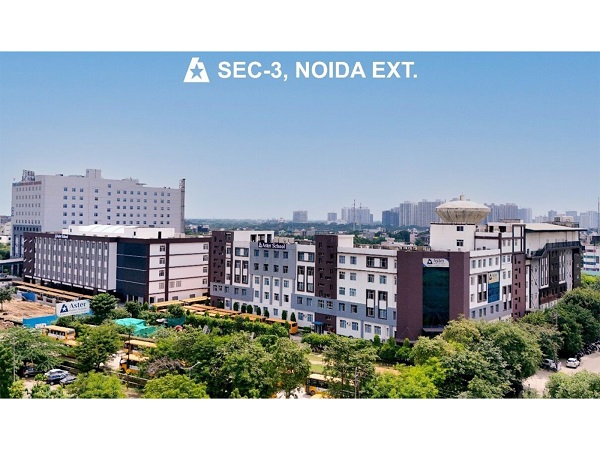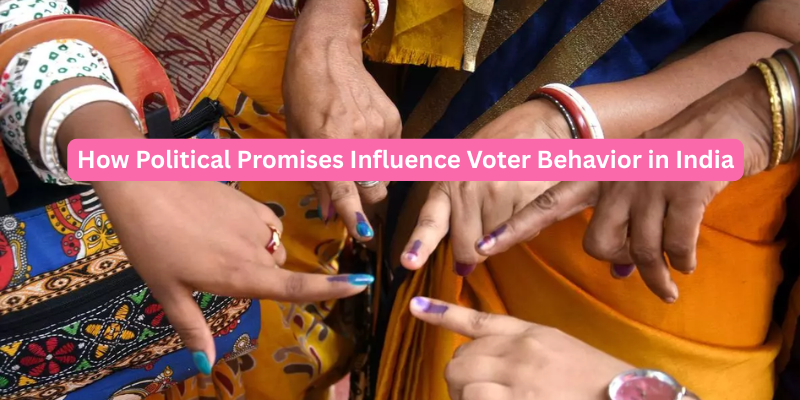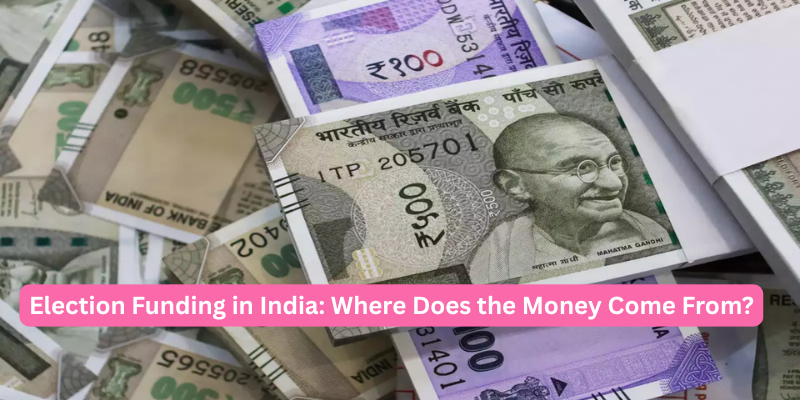Delhi, India’s national capital, is facing a growing water crisis that is not only affecting the daily lives of millions but also turning into a heated political issue. As summer temperatures soar and water availability declines, the blame game among political parties intensifies, making the crisis a focal point of public and media attention.
This blog dives deep into the causes of the water crisis, its political implications, and the most frequently asked questions around this pressing issue.
1. Understanding the Water Crisis in Delhi
Delhi, with a population exceeding 30 million, is witnessing an acute shortage of drinking water. The city depends heavily on the Yamuna River and water supplied from neighboring states like Haryana, Himachal Pradesh, and Uttarakhand. However, increasing pollution levels, declining groundwater, and unequal water distribution are leading to severe water scarcity.
Key Stats:
- Delhi needs around 1,150 million gallons per day (MGD) of water.
- It currently receives about 900 MGD, leading to a significant shortfall.
- Over 25% of Delhi’s population depends on water tankers.
2. Major Causes of Delhi’s Water Crisis
A. Over-Extraction of Groundwater
Delhi’s groundwater table is depleting rapidly due to unregulated extraction, especially in unauthorized colonies.
B. Pollution of the Yamuna River
The Yamuna, Delhi’s primary water source, is among the most polluted rivers in India, rendering a major portion of its water unusable.
C. Rising Demand and Urbanization
Delhi’s population has been increasing exponentially, leading to a demand-supply gap.
D. Dependence on Neighboring States
Inter-state water politics play a crucial role. Disputes with Haryana over Yamuna water release are common.
E. Climate Change
Reduced rainfall, higher evaporation, and extreme summers are worsening the situation every year.
3. How the Water Crisis Turned Political
A. Blame Game Between Political Parties
The ruling Aam Aadmi Party (AAP) often blames Haryana for not releasing enough water. In turn, opposition parties accuse the Delhi government of poor water management.
B. Election Promises & Campaigns
Water availability has become a campaign agenda. Political parties use the crisis to win votes by promising better pipelines, free water schemes, and tankers in slums.
C. Role of Central vs. State Government
The crisis highlights the centre-state power tussle, with Delhi often accusing the central government of not intervening enough in inter-state water disputes.
4. Impact on Common People
A. Health Risks
Contaminated and limited water supply leads to water-borne diseases like cholera, dysentery, and typhoid.
B. Rising Expenses
People are forced to buy water from private suppliers, increasing their monthly expenditure.
C. School & Work Disruption
Lack of water affects the functioning of schools, hospitals, and small businesses.
D. Protests & Public Outrage
Water scarcity has led to mass protests in various parts of Delhi, often resulting in political confrontations.
5. What Are the Possible Solutions?
A. Rainwater Harvesting
Promoting rainwater harvesting at both residential and commercial levels can help recharge groundwater.
B. Wastewater Recycling
Recycling greywater for gardening, flushing, and cleaning purposes can reduce freshwater demand.
C. Inter-State Water Agreements
Long-term legal frameworks and mutual agreements between states are essential.
D. Public Awareness
Encouraging citizens to conserve water through education and campaigns is vital.
E. Smart Water Management
Implementing smart water meters, leakage detection systems, and modern pipelines can enhance efficiency.
Conclusion:
Delhi’s water crisis is not just a civic problem — it’s a socio-political challenge that demands unity across political lines. While short-term measures provide relief, sustainable and transparent water governance is the only way forward.
The public, too, must play a proactive role in water conservation. With climate change already impacting resources, the time to act is now, before Delhi runs dry.
5 Most Commonly Asked Questions About Delhi’s Water Crisis
Q1: Why is Delhi facing such a severe water crisis?
Answer: The primary reasons include overpopulation, poor management, Yamuna pollution, and lack of coordination with neighboring states like Haryana.
Q2: What role does Haryana play in Delhi’s water supply?
Answer: Haryana is supposed to release a certain volume of Yamuna water to Delhi as per agreements. Disputes arise when water levels are low, especially during summers.
Q3: How is the Delhi government addressing the issue?
Answer: The Delhi government has increased water tankers in affected areas, introduced free water schemes, and plans to set up new water treatment plants and borewells.
Q4: How can residents help reduce the water crisis?
Answer: By saving water at home, installing low-flow taps, repairing leakages, and practicing rainwater harvesting.
Q5: Is the crisis likely to worsen in the future?
Answer: Yes, if long-term solutions are not implemented, increasing demand and climate change will likely worsen the crisis.











